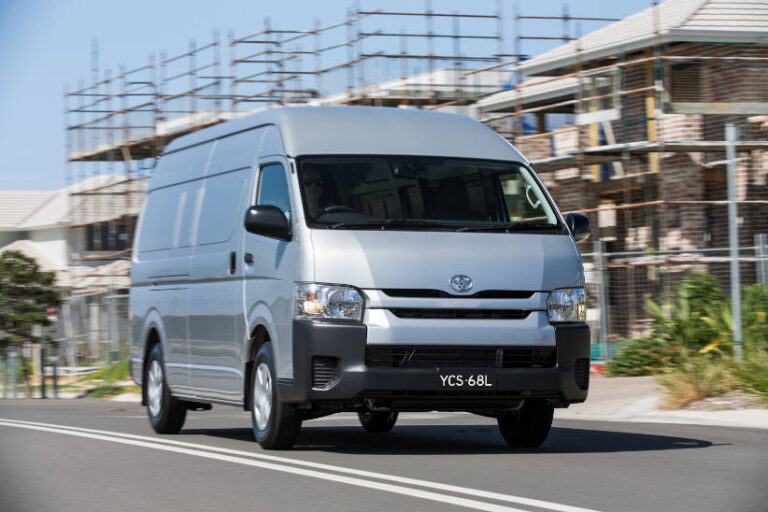TomTom Telematics revealed its cost of congestion report, finding approximately $3.5 billion worth of time is being lost per year due to traffic in Australia’s busiest cities.
The TomTom Traffic Index Report has found traffic in Australia’s 10 busiest cities is increasing overall travel times by 28 per cent, up 3 per cent from last year. This is extending the time spent on the road by an average of 27 minutes per day across Australia’s major metros, costing those businesses an average of $8.20 per vehicle per day1 – a 14 per cent increase on last year. This could cost Australian businesses up to $3.54 billion2 in hours lost sitting in traffic per year, an increase of $469.87 million3 on last year.
Christopher Chisman-Duffy, strategic sales manager at TomTom Telematics ANZ, says, “Australia continues to see congestion increase across its major metro cities, with the exception of Perth where increased travel times remained at 27%. Sydney remained the most congested city in Australia and the 29th most congested city globally,” he said.
“Since 2008, on average, congestion has increased by 7 per cent, with the majority of cities seeing the biggest increases this year.”
“This significant increase in congestion is bad news for businesses. Not only is it costing them financially in lost hours but it can also impact on service level agreements and the customer experience, as well as the health and safety of their drivers. There is a clear need for businesses to find ways to reduce the impact of congestion on their business and improve the efficiency of their fleets.”
The report also found Tuesday and Wednesday mornings, where travel times increased by 45% on average, and Thursday evenings, where travel times increased by 44% on average, to be the worst times to travel.
“Navigation technologies, with live traffic, are one way for businesses to avoid congestion hotspots but this alone won’t solve all the problems. Businesses need to take a more connected approach to managing their commercial vehicles to improve efficiency, productivity and service levels, as congestion continues to increase across the country,” said Chisman-Duffy.
“Telematics solutions are helping businesses do just that. Not only do they help navigate through traffic, but also enable managers to have greater visibility of their fleets. This provides opportunities to adjust strategies in real-time and use the best placed driver for each job. Additionally, it gives drivers the tools they need to make life on the road much easier. Digitalising the workflow, as well as improved data capture and connectivity, helps drivers complete more in the field and enriches the business process to provide customers with better service,” he concluded.






